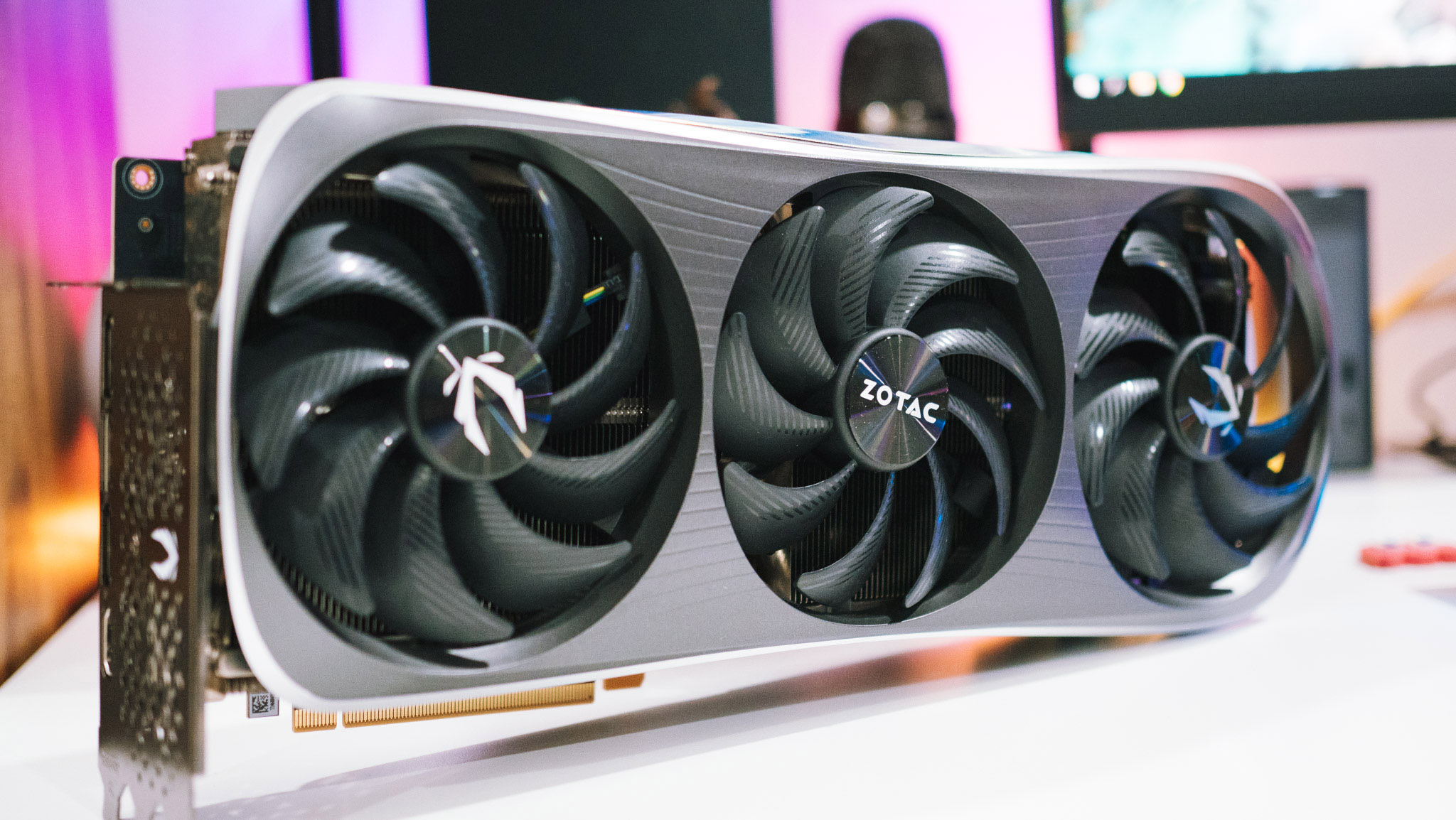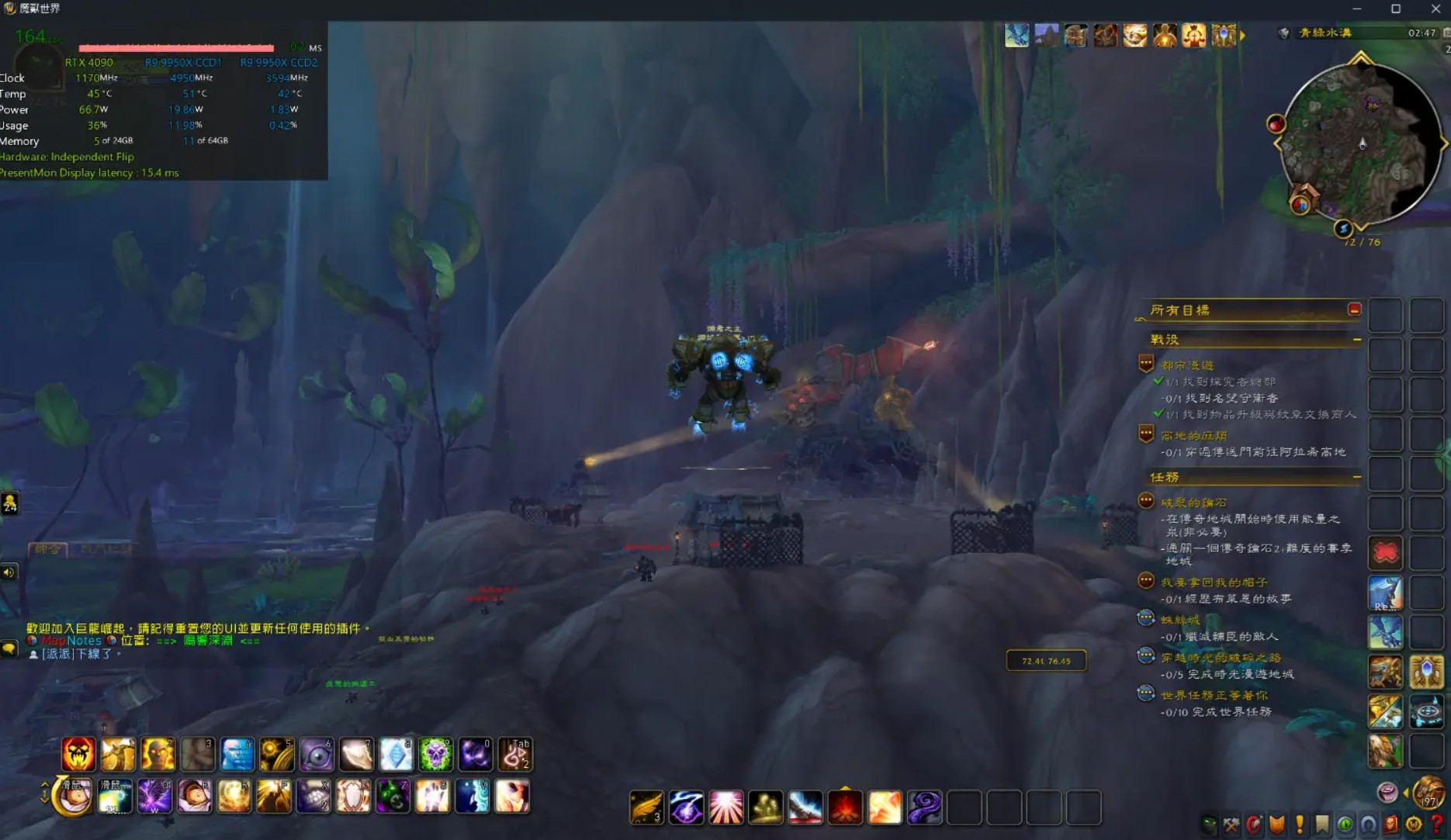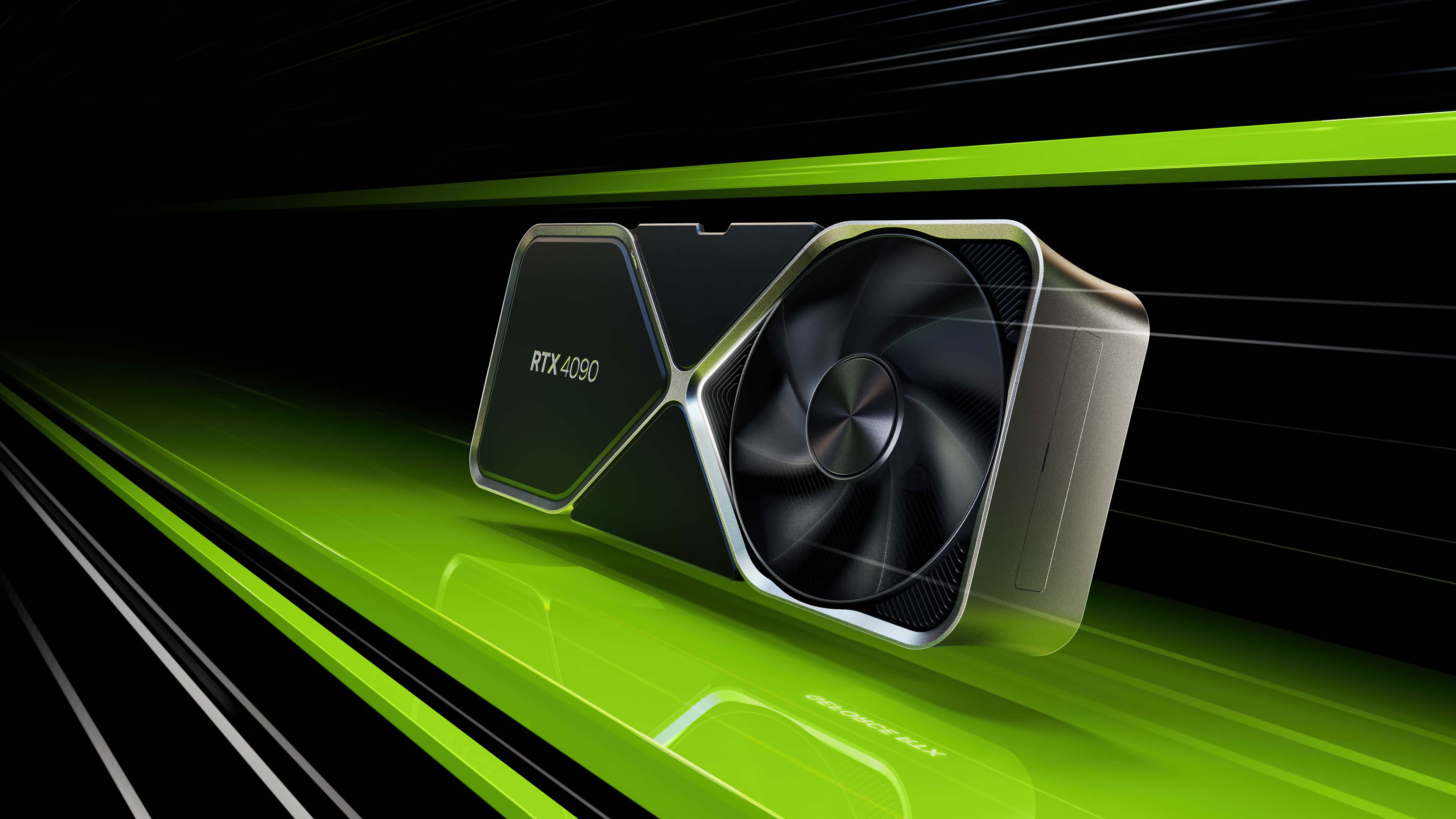I can finally use this awesome NVIDIA feature on my RTX 40-series GPU, and you can too — if you're willing to test an unstable preview driver
With the 590.26 preview driver, NVIDIA Smooth Motion has come to RTX 40-series cards.

Earlier this year, the multinational hardware designer and manufacturer NVIDIA introduced its RTX 5000 series of GeForce gaming graphics cards — also referred to as the RTX 50-series, and a follow-up to the RTX 40-series GPUs that launched in late 2022 and early 2023. On top of better raw rendering performance, these cards also support advanced features that elevate performance in other ways as well. Now, though, one such technology has become usable on older 40-series cards, too.
The feature in question is NVIDIA Smooth Motion, which — similar to AMD Fluid Motion Frames — uses artificial intelligence (AI) to inject an AI-generated frame between every pair of traditionally rendered frames. It can effectively double your in-game framerate without any noticeable quality downgrade in many cases, though on occasion, it might cause weird performance issues and visual oddities since it's still being refined.
It's similar to Lossless Scaling, though it's a driver-level solution that doesn't require the use of a third-party program and also notably works with any game. That makes it a great alternative to Super Resolution upscalers like NVIDIA DLSS or AMD FSR, as developers have to make their games support these for you to be able to use them (it can be used in tandem with these, also). In particular, it's useful when player older games made before those technologies were available. It also lets you boost past FPS caps in framerate-locked titles like Elden Ring.
Before now, Smooth Motion was only supported on 50-series GPUs. With the release of NVIDIA's 590.26 preview driver, however, it's now something you can enable with 40-series cards.
Officially, the testing driver is only available through NVIDIA's special developer site, which you have to make an account for. Alternatively, though, you can also download it with this mirror on the Guru3D forums. Once it's installed, you'll find the "Enable Smooth Motion" option in the NVIDIA Profile Inspector software you can get off GitHub.
Guru3D user Macer shared their results testing Smooth Motion on their RTX 4090, posting screenshots of World of Warcraft — a game that doesn't support DLSS natively — running at 164 FPS with the feature toggled on despite an in-game cap of 82 FPS set. "Very excited that RTX 40 finally supports Smooth Motion technology," they wrote.
That's a massive doubling of the framerate, and other players across other forums like Reddit have reported similar improvements in other games, too.
All the latest news, reviews, and guides for Windows and Xbox diehards.
As someone currently using an RTX 4070 Ti SUPER myself, I'm very excited to put Smooth Motion to good use in the games I play, especially ones like Helldivers 2 or Elden Ring Nightreign that are either heavy with action and benefit particularly strongly from performance boosts or have annoying native FPS limits. I'm also looking forward to trying it in my heavily modded Skyrim and Fallout installs, as the extremely advanced graphics mods I tend to use often result in my FPS dropping below 60.
Something important to remember, though, is that the 590.26 preview driver is exactly that — a preview driver for testing, and one that's not even available to the public officially at that. Therefore, there's an increased likelihood of running into in-game visual artifacts or strange performance bugs, and indeed, some have already reported experiencing these. If you have too many problems with the driver, make sure to download and reinstall the latest official ones from NVIDIA.
Still, it's fun to test early versions of tech, and reporting encountered issues can only help NVIDIA ensure that the rollout of Smooth Motion support on RTX 40-series GPUs is a smooth and functional one. With that in mind, I'm definitely going to give this a go later tonight and see how it runs.

Brendan Lowry is a Windows Central writer and Oakland University graduate with a burning passion for video games, of which he's been an avid fan since childhood. He's been writing for Team WC since the summer of 2017, and you'll find him doing news, editorials, reviews, and general coverage on everything gaming, Xbox, and Windows PC. His favorite game of all time is probably NieR: Automata, though Elden Ring, Fallout: New Vegas, and Team Fortress 2 are in the running, too. When he's not writing or gaming, there's a good chance he's either watching an interesting new movie or TV show or actually going outside for once. Follow him on X (Twitter).
You must confirm your public display name before commenting
Please logout and then login again, you will then be prompted to enter your display name.


